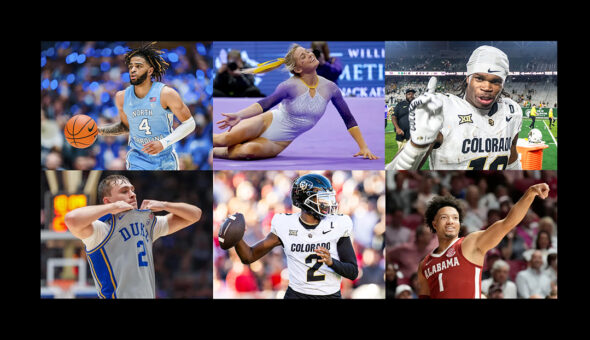For social media managers, it’s extremely easy to develop a sense of ownership and a very close attachment to the accounts they run. Often, they are the ones who develop the account’s voice, write the copy, build the graphics, take the photos, and interact with the community. When someone leaves a comment or asks a question, they are the ones responsible for responding.
Many social media managers have either created those brand accounts themselves or built them from the ground up. And when things go wrong on social media, they are the ones who have to answer for it.
All of this combines to leave the social media manager with a profound sense of personal ownership and responsibility for the accounts. And while this sense of ownership and pride in one’s work can be valuable at times, it also leads to being overly protective of the accounts and can even be detrimental to one’s mental health. While it can be difficult, it’s important that social media managers learn to separate themselves from the accounts they run.
Here’s a few ways to do just that, for your own sake.
- Take the accounts off your personal device: Our personal devices are just that, personal. When a notification arrives late at night when you are in bed or having dinner with your family, it’s not only disruptive to your personal life, but if you let it happen long enough, it becomes normalized. If possible, keep your work accounts on a separate device. Those notifications can wait.
- Train someone else to run the accounts – and let them do it. The “army of one” is destined for defeat. Social media managers can’t do it all, and trying to only leads to burnout. Being the only one responsible for the account also increases the feeling that a social media manager “owns” the account. Social media managers need to train an understudy to run the accounts in their absence and then actually take time off and let that person run the account. Sometimes not only do we need a break, we also need to see that the world won’t burn down in our absence.
- Remember, it’s not “You.” For most brands, social posts are written in first person plural. It’s always “We.” But when our communities reply, it’s always directed at “You.” This is especially problematic when the replies are less than kind, or are about things a social media manager has no direct control over. “What are YOU going to do about this?” “YOU are bad at your job.” In these cases, it’s vital that a social media manager step away, take a break and remind themselves that it’s not about them.
- Adopt a “Steward” mentality. At the end of the day, the social media accounts don’t belong to any one person. They belong to the brand. A social media manager should see themselves as a steward of the accounts, taking care of them, growing them, and keeping them healthy for the brand and whoever will next oversee them. Reminding yourself that you are a caretaker and not an owner goes a long way in helping separate yourself from the account.








